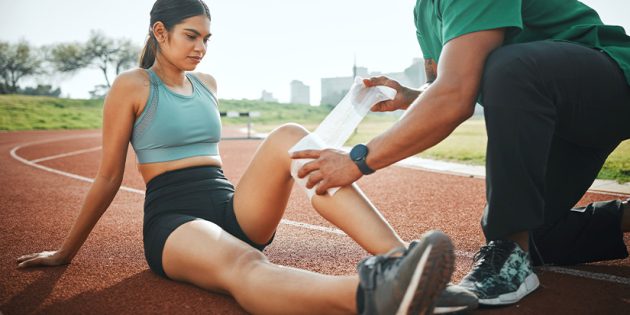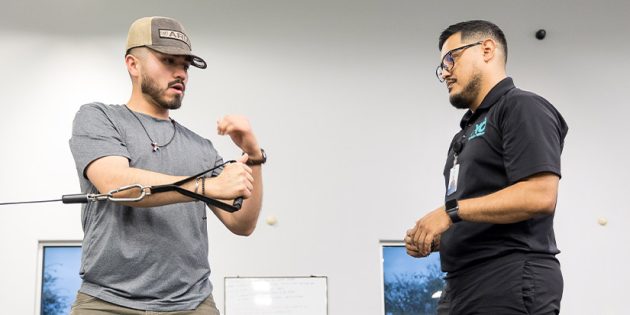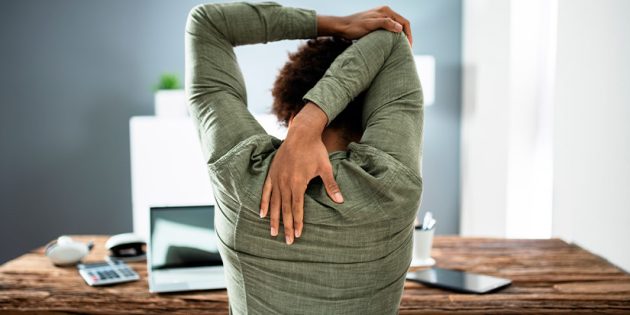How Scoliosis Physical Therapy Can Improve Your Posture
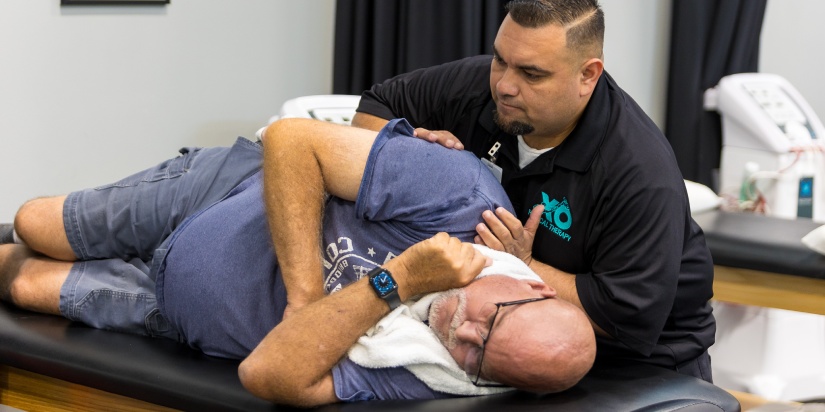
Scoliosis, a condition characterized by an abnormal curve in the spine, can significantly impact an individual’s posture, leading to discomfort, pain, and reduced mobility. Addressing this through scoliosis physical therapy offers a path towards minimizing these impacts, enhancing posture correction, and improving overall quality of life.
This specialized form of therapy not only aims at pain relief but also focuses on correcting the spinal curvature, thereby reducing the physical and psychological burdens of scoliosis. Embracing a comprehensive approach to scoliosis treatment, physical therapy plays a pivotal role in managing the condition effectively.
The forthcoming sections of this article will delve into the intricacies of understanding scoliosis and its effects on posture, highlight the key benefits of engaging in physical therapy for scoliosis, and outline the common therapeutic approaches and exercises beneficial for posture improvement and scoliosis management.
By providing a roadmap of the scoliosis physical therapy process, this article aims to equip individuals with the knowledge and resources needed to tackle the challenges posed by scoliosis head-on, fostering a journey towards recovery and enhanced physical well-being.
Understanding Scoliosis and Its Impact on Posture
Scoliosis is a condition that results in a sideways curvature of the spine, typically resembling a ‘C’ or ‘S’ shape when viewed from behind. This abnormal curvature can begin during childhood, with causes varying from one individual to another. While the curvature often occurs in the back region and does not directly curve the neck, it influences the entire spinal alignment, necessary for maintaining good posture.
Consequently, any misalignment, particularly in the back, can lead to complications in the neck, manifesting as pain, poor posture, or even numbness and tingling.
The impact of scoliosis extends beyond the spine and neck. Misalignment can cause tension and misalignment in other body parts as they compensate for the spine’s irregular shape. This compensation can weaken the muscles, bones, and joints throughout the back, making it challenging to maintain an upright posture.
Individuals with scoliosis might experience a noticeable roundedness in the shoulders and increased tension in joints, ligaments, and tendons.
Moreover, scoliosis can lead to subluxations, where joints move out of place causing nearby nerves to become painful and inflamed. This can result in varying degrees of back pain, from aching to sharp pains, or even sensations like numbness and tingling.
The body naturally strives for homeostasis, and in the case of scoliosis, it attempts to correct the spinal misalignment to achieve an upright posture. However, this often results in additional strain on other body parts, including the head, neck, jaw, hips, shoulders, and knees.
Addressing scoliosis through physical therapy focuses on realigning the spine to alleviate these secondary issues. Effective scoliosis management not only aims to straighten the spinal curve but also enhances overall posture and reduces the strain on other body parts.
This comprehensive approach is crucial, as scoliosis makes it physically impossible for those affected to maintain ideal posture without intervention.
Key Benefits of Scoliosis Physical Therapy
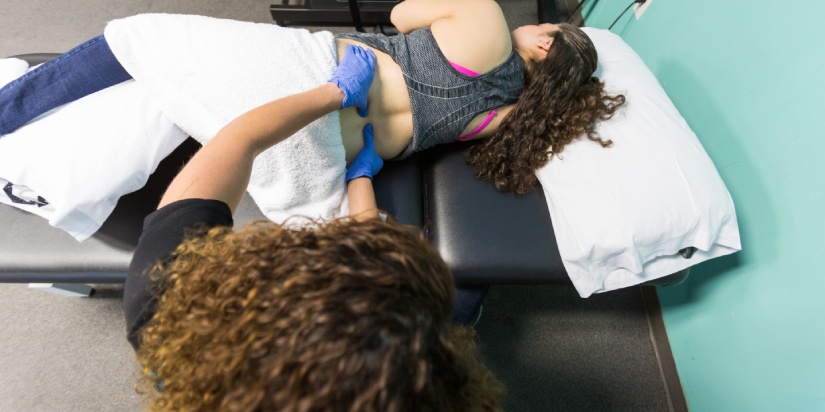
Pain Relief
Scoliosis physical therapy incorporates various treatments such as heat to increase circulation and relax muscles, and ice to reduce pain and inflammation. Techniques like electrical stimulation and ultrasound may also be employed to alleviate discomfort. These methods, along with targeted exercises, can significantly reduce the pain associated with scoliosis, providing relief and improving quality of life.
Improved Spinal Mobility
Physical therapy for scoliosis enhances spine flexibility and movement. By tailoring exercises to the severity of the curve, therapists help restore function levels and increase the range of motion, particularly in the thoracic and lumbar regions of the spine.
This improvement in mobility aids in daily activities and contributes to a healthier spine.
Enhanced Postural Awareness
A key component of managing scoliosis involves improving postural awareness. Exercises such as the pelvic tilt and abdominal press engage the core and help patients maintain a neutral spine position.
Regular practice of these exercises, along with professional guidance, teaches individuals to align their posture correctly, reducing the strain on the spine and enhancing overall posture.
Common Physical Therapy Approaches for Scoliosis
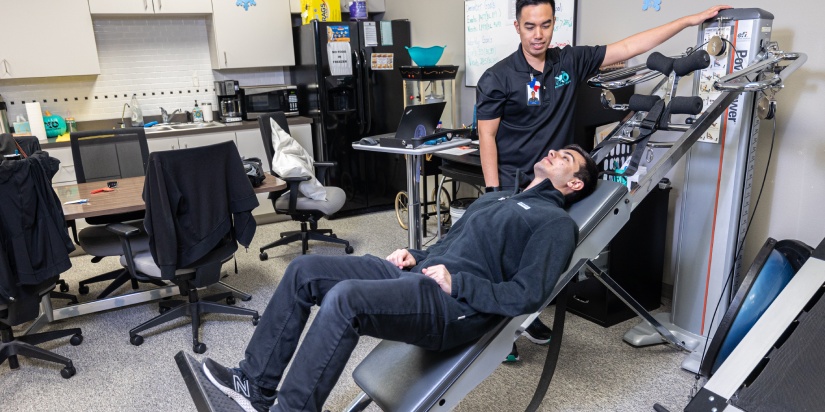
The Schroth Method: A Holistic Approach
The Schroth Method, developed in the late 1800s in Germany, is a specialized exercise regimen designed specifically for scoliosis patients. It employs a combination of strength-building, breathing exercises, and posture awareness to balance the muscles and tissues of the back.
This method is distinctive because it addresses the spine in all three anatomical planes—sagittal, frontal, and transverse—aiming to create spinal balance and stability through deflexion, de-rotation, and elongation of the spine and rib cage.
Scoliosis Bracing: Prevention and Correction
Bracing is a common non-surgical intervention for scoliosis, particularly recommended for children and teenagers who are still growing and have a curvature of 25 degrees or more. The primary goal of scoliosis bracing is to prevent the curvature from worsening, with some patients achieving curve reduction.
Braces are typically worn between 12 and 20 hours a day, depending on the patient’s stage of growth and curvature degree. They are designed to be asymmetrical, accommodating the unique curve of each patient, and are often used in conjunction with physical therapy exercises to enhance effectiveness.
SEAS Exercises: A Comprehensive Guide
SEAS (Scientific Exercise Approach to Scoliosis) is an individualized exercise program that can be used alone or in conjunction with bracing, particularly during growth phases to reduce the risk of further bracing or surgery. The exercises focus on improving spinal stability through active self-correction techniques performed without external aids, incorporated into functional exercises.
This approach is based on modern neurophysiological principles to stimulate reflexive self-corrected posture during daily activities, aiming to reverse the vicious cycle of abnormal loading and asymmetric growth caused by scoliosis.
Exercises to Improve Posture and Manage Scoliosis
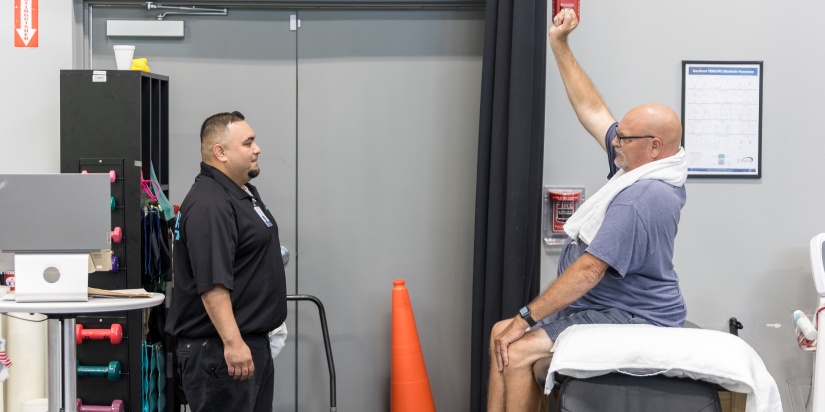
Pelvic Tilts
Pelvic tilts are essential for strengthening the core and improving spinal alignment in scoliosis patients. To perform a pelvic tilt, one should lie on their back with knees bent and feet flat on the floor. By tightening the abdominal muscles and pushing the lower back towards the floor, the exercise enhances core stability and postural awareness.
Holding this position for a few seconds before releasing helps to engage the transverse abdominal muscles, crucial for supporting the spine.
Cat-Cow Stretch
The Cat-Cow Stretch is highly beneficial for enhancing spinal mobility and flexibility, which are often compromised in scoliosis. Starting on all fours, the individual should alternate between arching the back upwards (Cat) and sinking the belly towards the floor (Cow), while maintaining a focus on smooth, controlled breathing and core engagement.
This exercise not only aids in elongating the spine but also improves postural awareness and strengthens core muscles, essential for back support.
Bird-Dog Exercise
The Bird-Dog exercise is pivotal for promoting core strength and spinal stability, which are vital for individuals with scoliosis. From a tabletop position, extending one arm forward and the opposite leg back helps to stabilize the lower back and improve overall body alignment.
This exercise targets the muscles in the back, abs, hips, and buttocks, which support the trunk and spine, thereby enhancing postural stability and reducing back pain. Regular practice of the Bird-Dog exercise can significantly contribute to the quality of life by improving balance, posture, and spinal health.
Are you ready to improve your scoliosis with physical therapy?
Throughout this article, we explored the pivotal role of scoliosis physical therapy in managing the condition’s symptoms, highlighting how it aids in posture correction, pain relief, and improving spinal mobility. By engaging in tailored exercises and treatment approaches like the Schroth Method, bracing, and SEAS exercises, individuals can achieve a significant enhancement in their quality of life.
These interventions not only alleviate the discomfort associated with scoliosis but also contribute to a more stable and aligned posture, underpinning the importance of specialized physical therapy in the holistic management of scoliosis.
As we reflect on the journey towards better health and posture for those affected by scoliosis, it becomes evident that comprehensive physical therapy is instrumental in facilitating recovery and pain management. With the support of experienced physical therapists, leveraging the latest technology and techniques, patients can navigate the path to recovery with confidence.
Ultimately, the integration of personalized treatment plans, coupled with a dedicated and professional staff, underscores the efficacy of physical therapy in transforming lives by restoring function and enhancing physical well-being. Through continued research and practice, the field of scoliosis physical therapy will remain a bedrock for those seeking to overcome the challenges posed by this condition, ensuring a future where effective pain management and recovery are within reach.
Schedule a Consultation Today to see how scoliosis physical therapy can help you or a loved one improve posture and quality of life. Discover XO Physical Therapy Locations!


